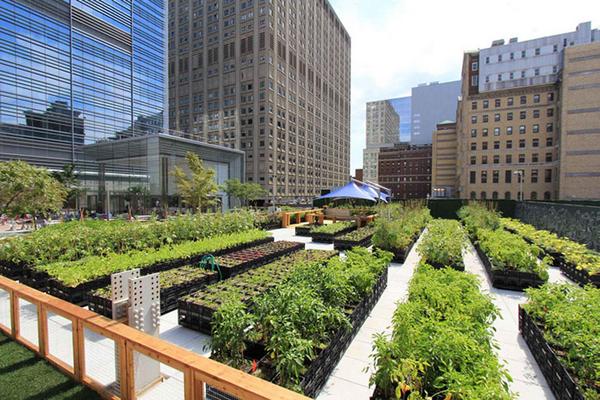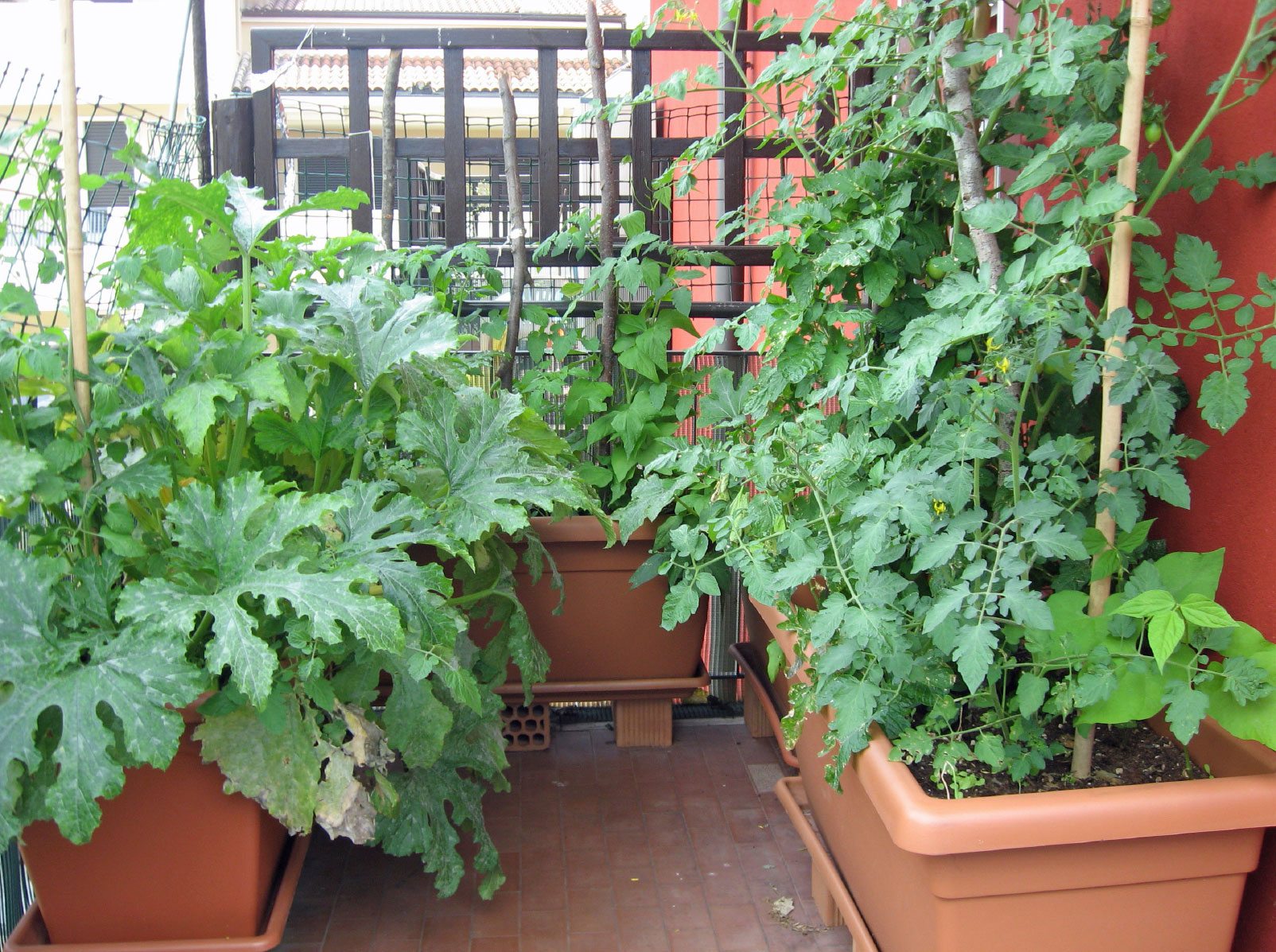The Buzz on City Blooming
The Buzz on City Blooming
Blog Article
The Best Strategy To Use For City Blooming
Table of ContentsSome Known Facts About City Blooming.7 Simple Techniques For City BloomingCity Blooming Fundamentals ExplainedWhat Does City Blooming Do?A Biased View of City Blooming
Fascinated in expanding food available in the City of Chicago? Thinking of beginning an area garden? Changes to the Chicago Zoning Statute permit agricultural uses like area gardens and urban ranches in many parts of the city. Below is a checklist of frequently asked questions regarding the policies and policies that farmers need to consider when preparing an urban farming project.
The zoning modification does not change any kind of various other codes taking care of composting, building authorizations, purchasing or renting City owned property, company licenses or ecological contamination. There are existing codes that control these problems and they continue to be completely result and may apply to your task. Community yards are typically possessed or taken care of by public entities, civic companies or community-based companies and preserved by volunteers.
Urban ranches grow food that is planned to be sold, either on a nonprofit or for-profit basis. Because of their business function, metropolitan farms call for a company license. Yes. An area yard is enabled to sell surplus generate that was expanded on site if the sales are accessory or subservient to the yard's key function described above.
City Blooming - Questions
Composting is enabled but only for plant product that is created and used on website. The quantity of compost product can not exceed 25 cubic yards at any type of offered time according to the criteria in 7-28-715 of the City's Municipal Code. Yes. Since the soil at a lot of brand-new garden websites needs modifying, compost, soil, wood chips, or various other materials can be acquired to create or enhance the growing area - container and raised bed gardening etc..

If a structure authorization is required after that the hoophouse will certainly be considered an accessory structure. You can locate out even more about the structure authorization demands by calling the Division of Buildings. The 25,000-square-foot size limit is meant to avoid a single neighborhood garden from controling a provided block or interfering with the block's existing domestic or commercial personality.
The restriction does not put on yards located in Public Open Room (POS) areas. Can there be more than one area garden that is 25,000 square feet on a single block? Yes. The size limitation puts on individual yards, not to specific blocks. No. Fence is not needed, however, yards that have big parking lot might be needed to mount secure fencing or other landscape design functions.
The 5-Minute Rule for City Blooming
B1 & B2 areas call for that all business use tasks be conducted inside your home. R areas limit business task. The policies show the function and intent of the Zoning Code. Is secure fencing needed for city ranches? Yes. Fencings may be required, together with landscaping and screening, for specific parking lot and outdoor job or storage space locations relying on area and the particular task occurring.
Yes. Urban farms call for building permits and zoning approvals prior to construction. Other kinds of city evaluation might be required depending upon specific structures, tasks, dimension, landscaping, licensing, public heath and stormwater administration issues. A lot of these needs are identified in the project design or allowing process, however, the applicant may be accountable to individually recognize certain licenses or allows that may be called for.
Yes. The kind of certificate is identified by what is taking place at the site. The Division of Organization Affairs and Customer Protection can help determine the particular kind of organization permit that's required. Yes. Off street parking is needed for a lot of commercial jobs in Chicago. The called for number of car parking rooms is based on the variety of employees dealing with site and not the square video of the growing area.
City Blooming - Truths

Yes. A metropolitan ranch can sell garden compost material produced on website, nonetheless, the procedure must abide with the policies in 7-28-715 of the Chicago Municipal Code. Yes. Aquaponic systems are allowed inside your home on urban farms in lots of zoning areas. However, a zoning review and building license is called for in order to install frameworks or systems and a company license is required as defined above.
Up to five hives or colonies of honey may be kept as an accessory use. Beekeepers need to register with the Illinois Department of Agriculture. To find out more regarding the recommended zoning change you may get in touch with the Department of Real Estate and Economic Advancement, Bureau of Planning and Zoning at 312.744.8563.
Farming in cities and city locations A city farm in Chicago. Urban agriculture refers to pop over here various methods of cultivating. https://www.openlearning.com/u/danielnold-sfprdq/, processing, and distributing food in urban areas. The term additionally relates to the location activities of animal husbandry, aquaculture, beekeeping, and cultivation in a metropolitan context. Urban agriculture is differentiated from peri-urban agriculture, which takes location in backwoods at the side of suburbs.
The Ultimate Guide To City Blooming
It can entail a motion of organic cultivators, "foodies" and "locavores", that seek to develop socials media based on a common principles of nature and area holism. These networks can develop using official institutional assistance, ending up being integrated into local town as a "change town" movement for sustainable metropolitan advancement.
The much more straight accessibility to fresh veggie, fruit, and meat products that may be realised through urban farming can boost food safety and food security while decreasing food miles, causing lower greenhouse gas emissions, consequently adding to climate adjustment reduction. A few of the first proof of urban farming comes from Mesopotamia.
Report this page